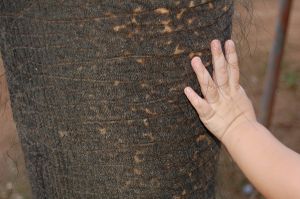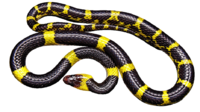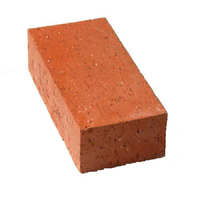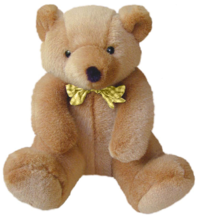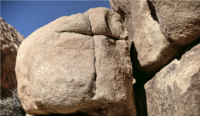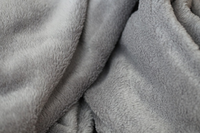Difference between revisions of "Texture"
| Line 8: | Line 8: | ||
===Examples=== | ===Examples=== | ||
| − | |||
| − | |||
| − | |||
| − | |||
| − | |||
| − | |||
| − | |||
{| class="wikitable" | {| class="wikitable" | ||
|- | |- | ||
| Line 27: | Line 20: | ||
{| class="wikitable" | {| class="wikitable" | ||
| − | |||
|- | |- | ||
|[[File:Snake.png|right|200px]] | |[[File:Snake.png|right|200px]] | ||
| Line 45: | Line 37: | ||
|The '''texture''' of a blanket is soft. | |The '''texture''' of a blanket is soft. | ||
|} | |} | ||
| − | |||
| − | |||
| − | |||
| − | |||
| − | |||
| − | |||
| − | |||
| − | |||
Revision as of 15:23, 2 August 2018
Key Stage 1
Meaning
Texture is how something feels when you touch it.
- Noun: Texture
About Texture
A texture can be smooth or rough, hard or soft, furry or slimy.
Examples
| The texture of a snake's skin is smooth. | Bricks have a rough texture. | A teddy bear has a furry texture. |
| A fish has a slimy texture. | Rocks are usually hard in texture. | The texture of a blanket is soft. |
